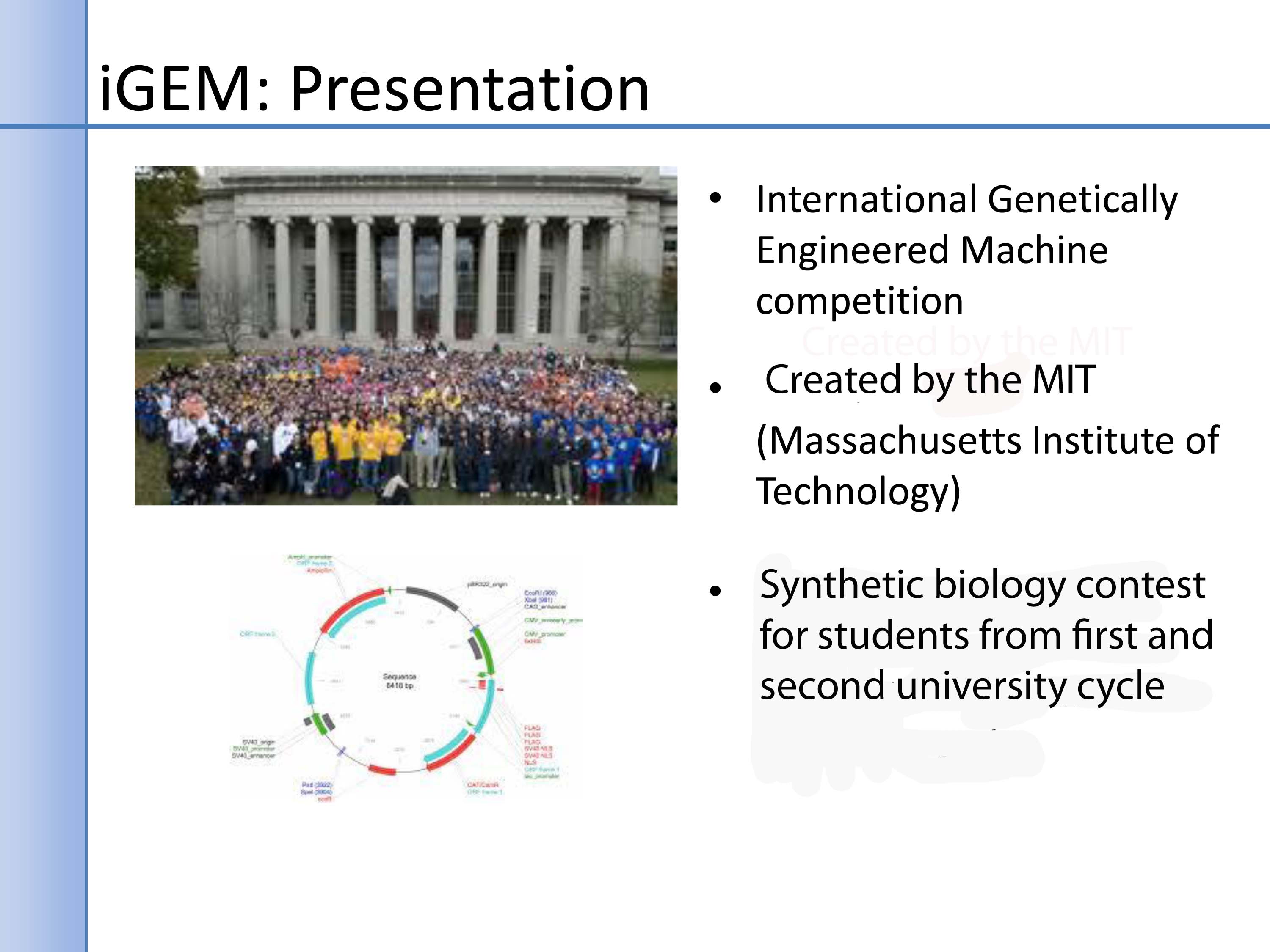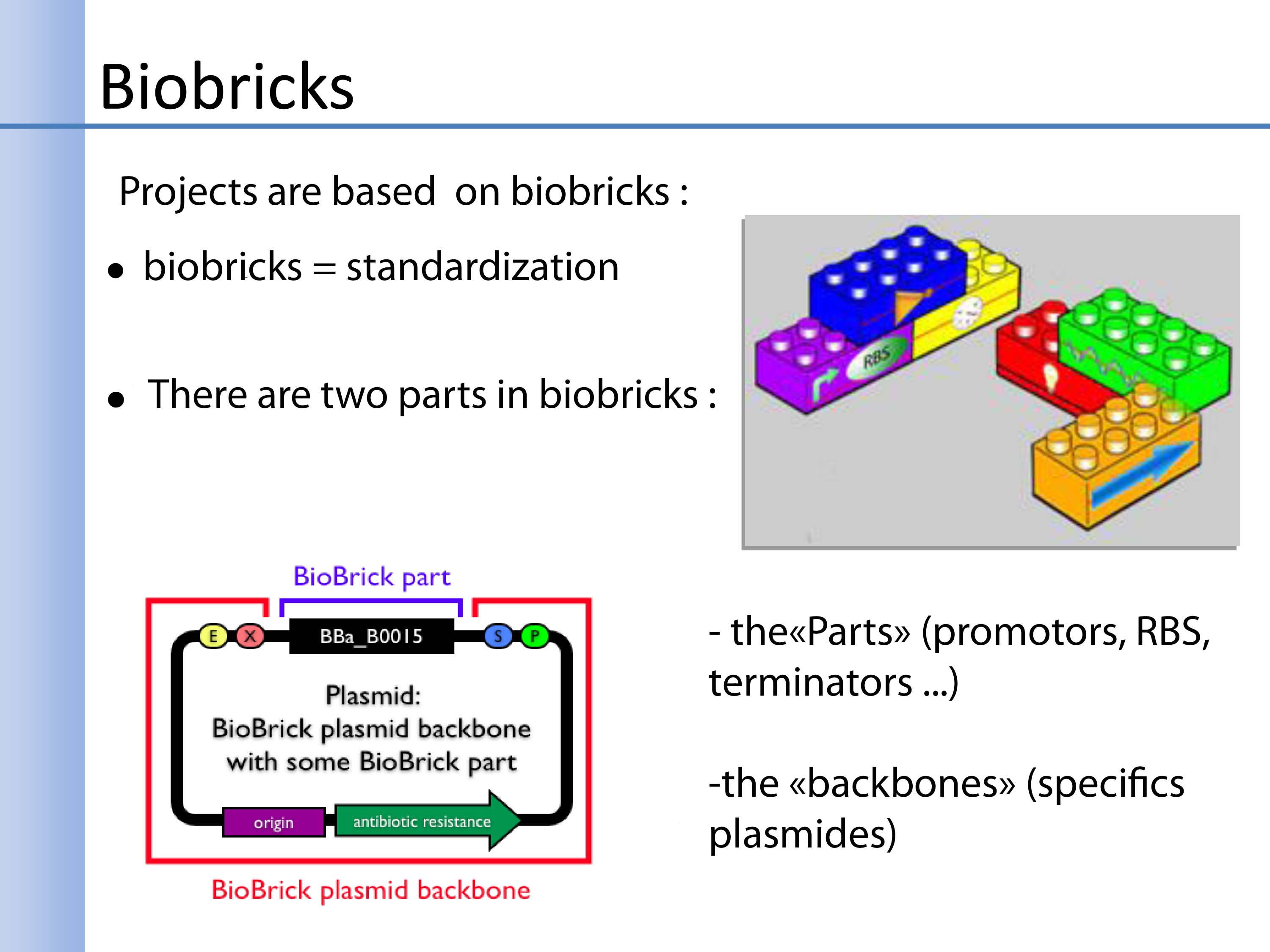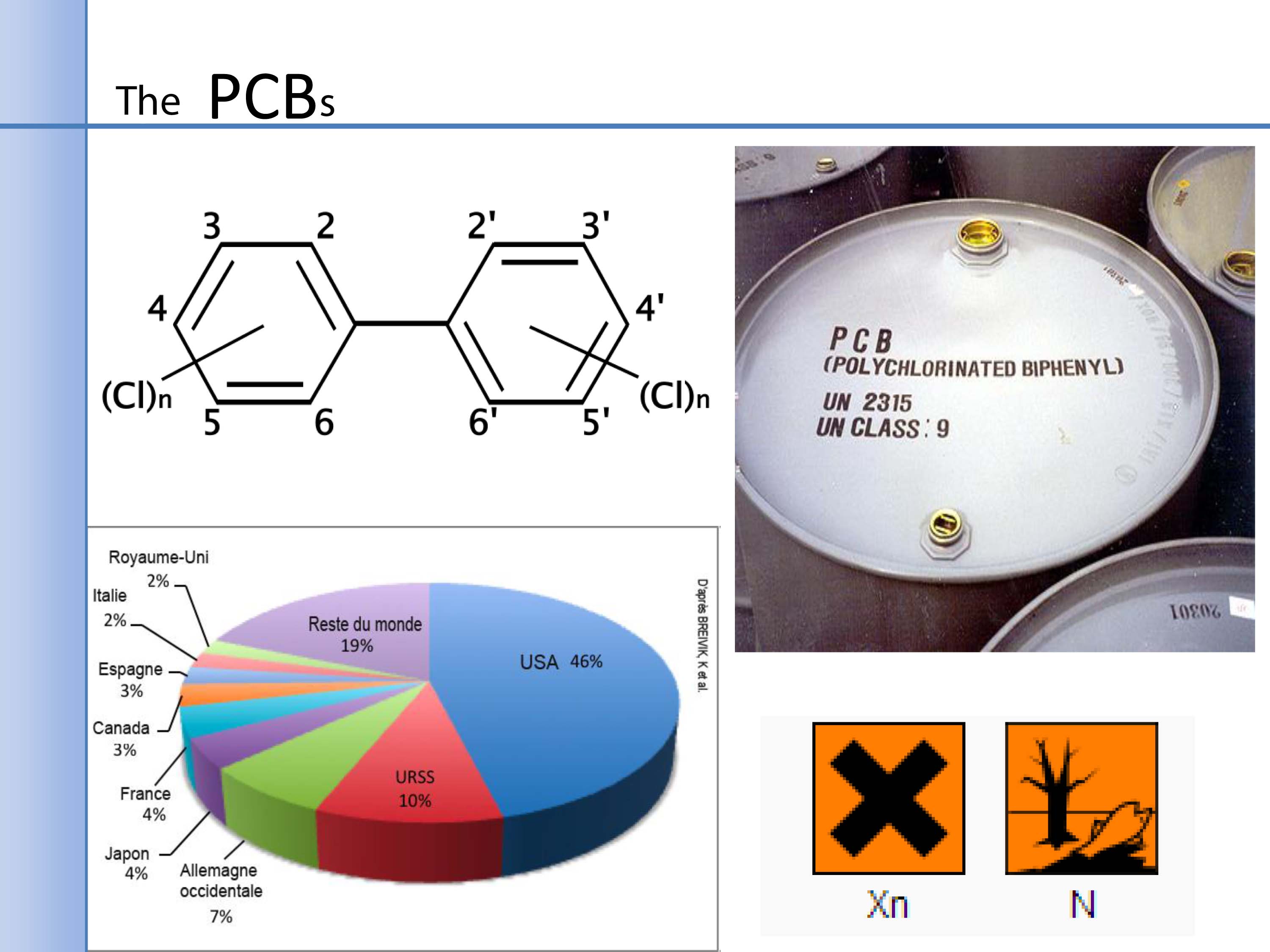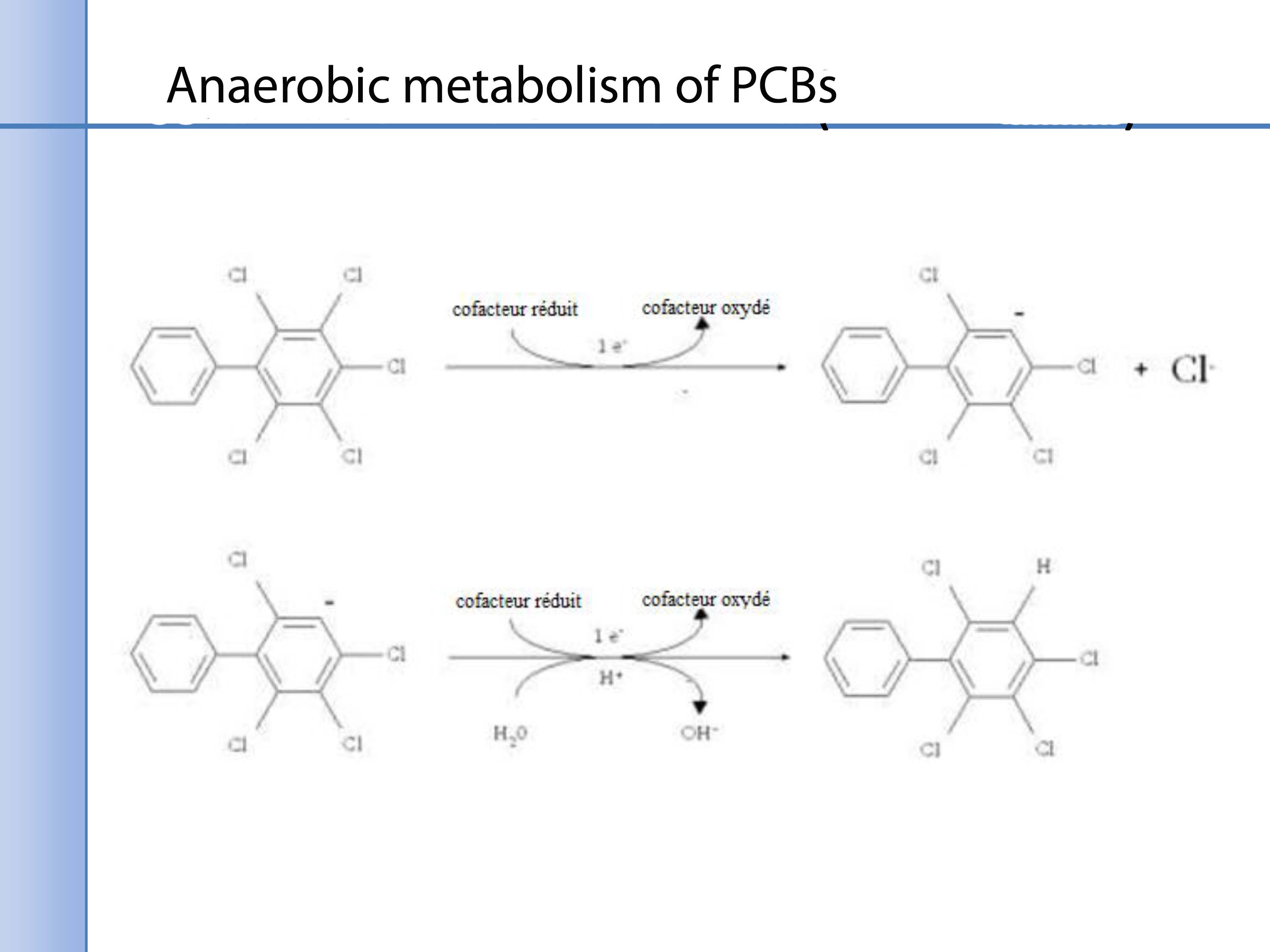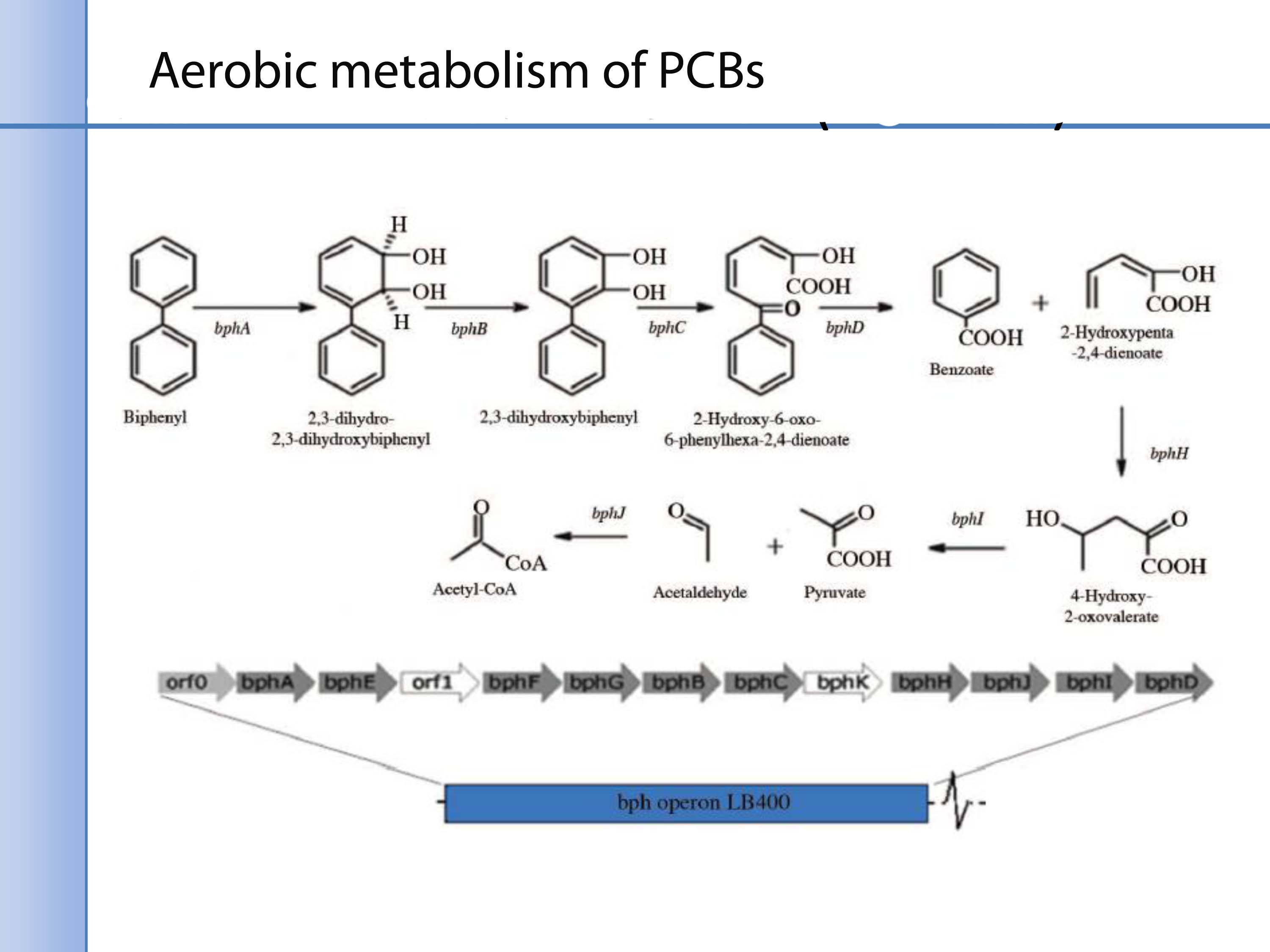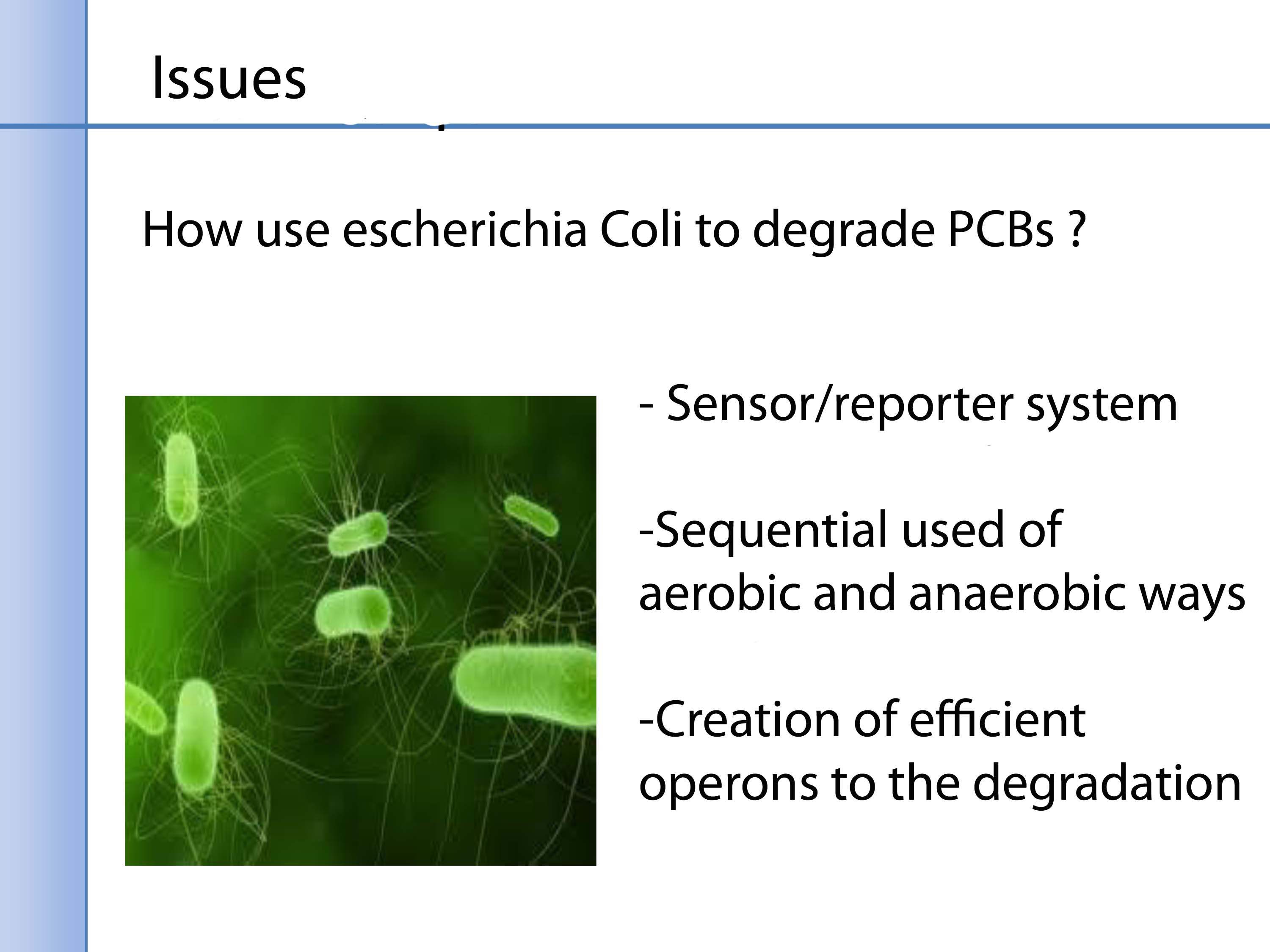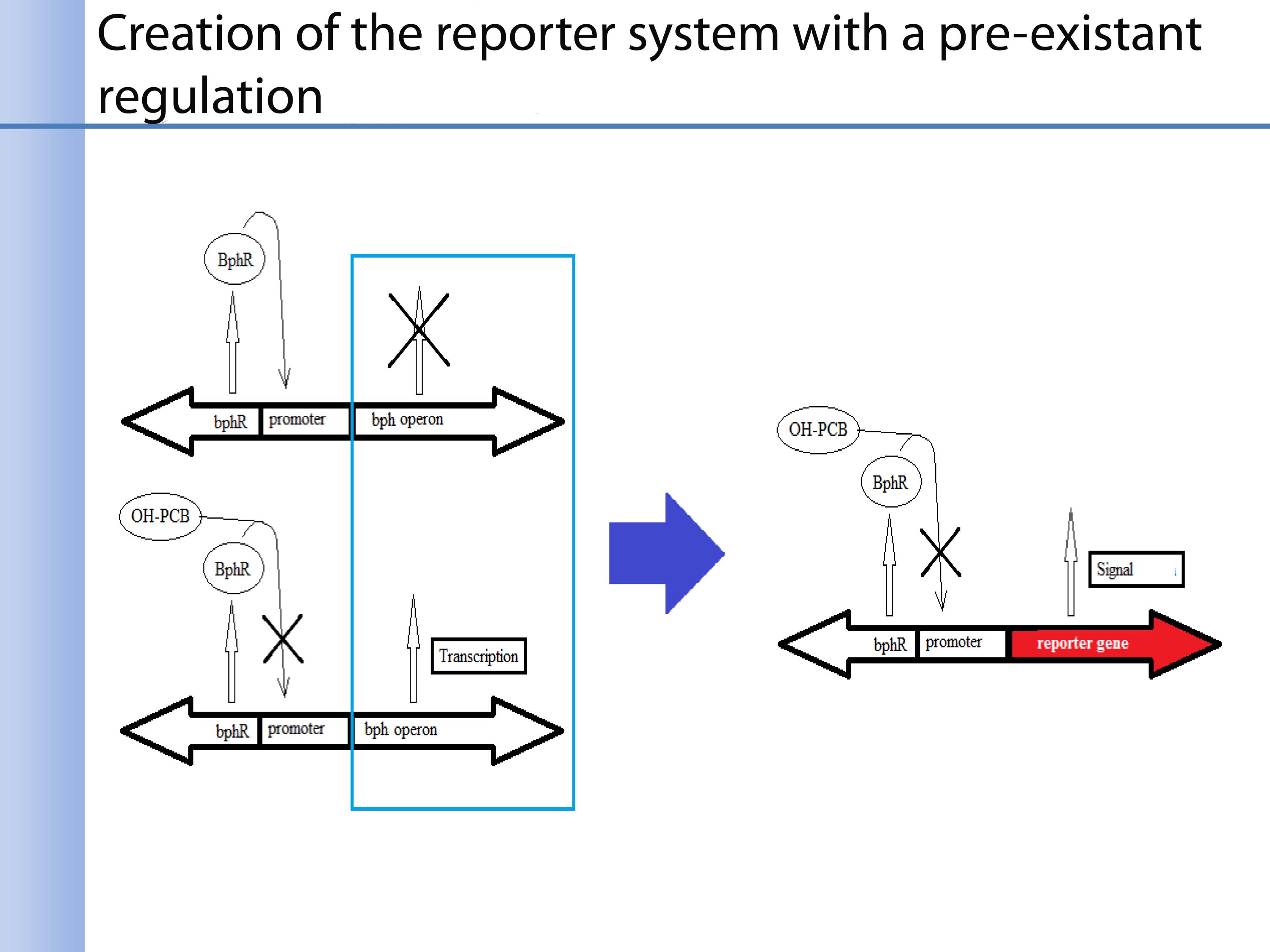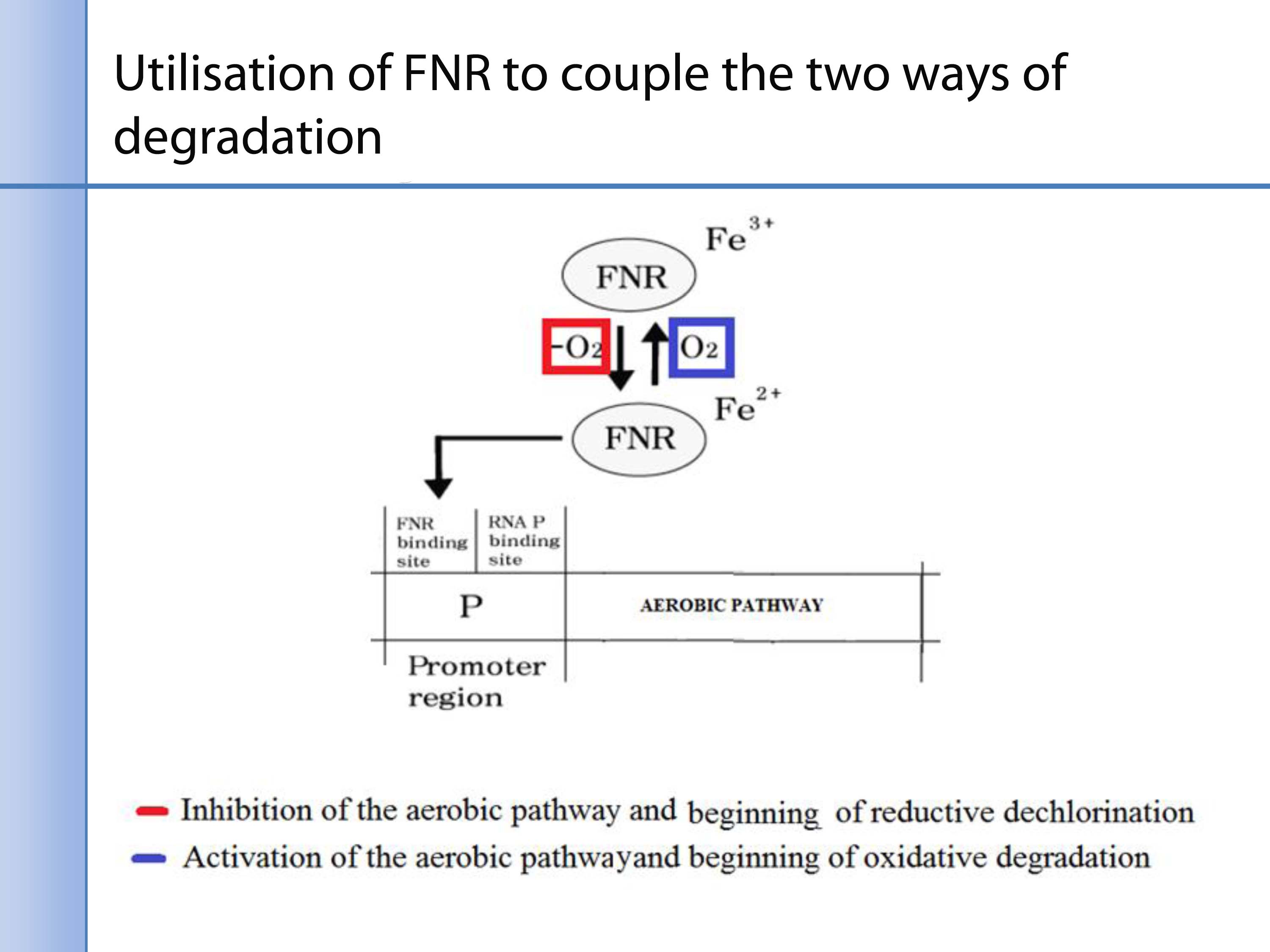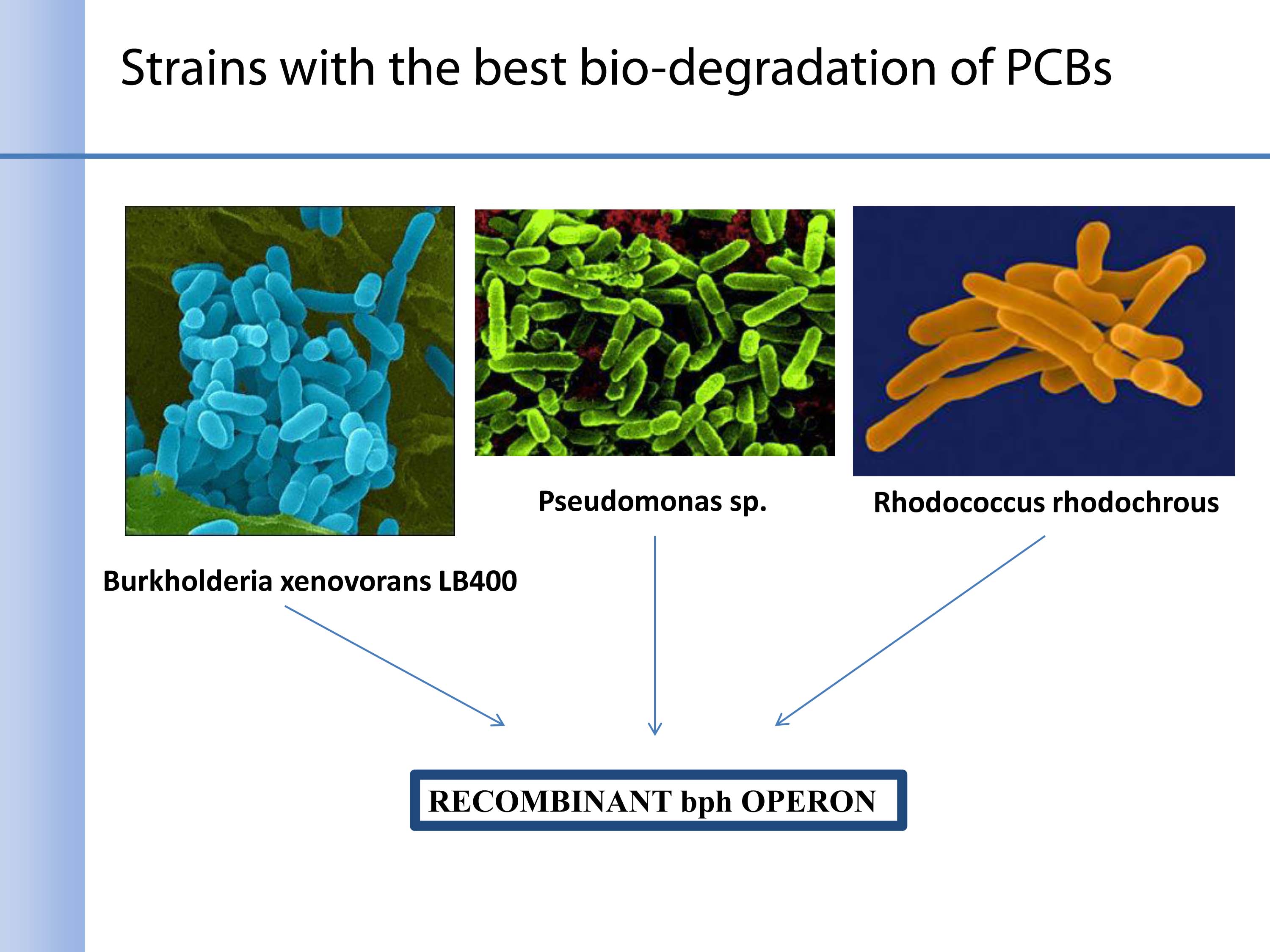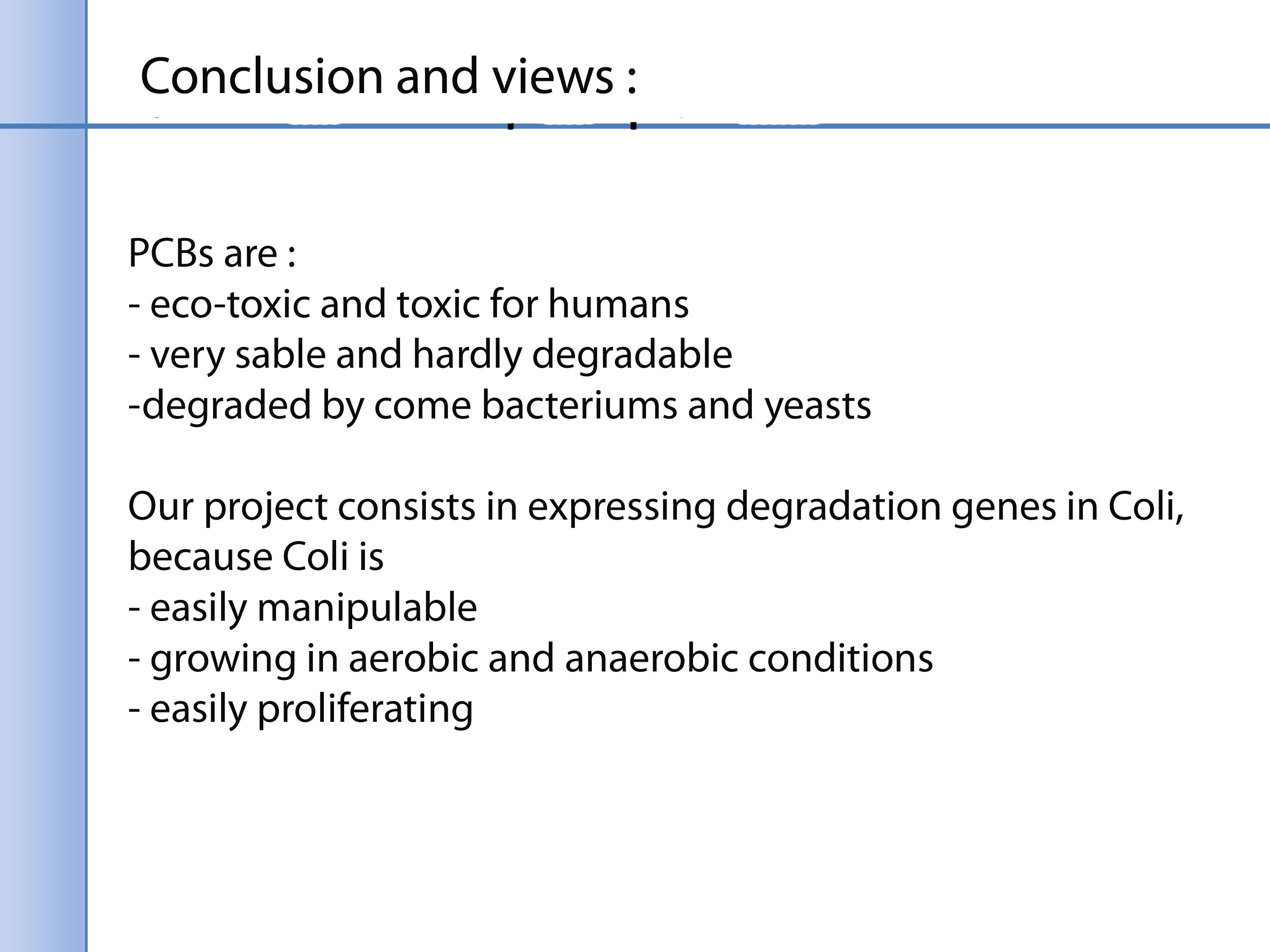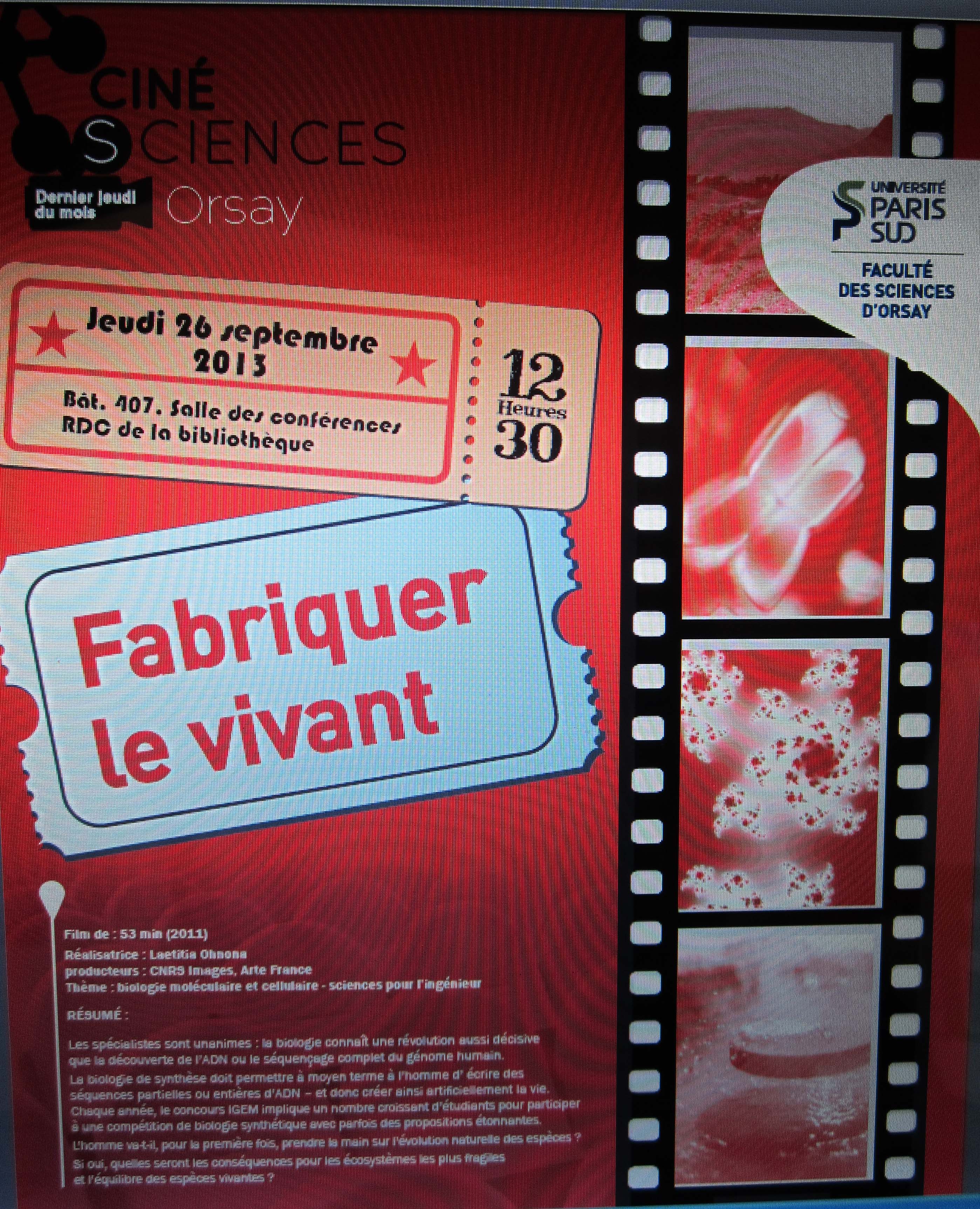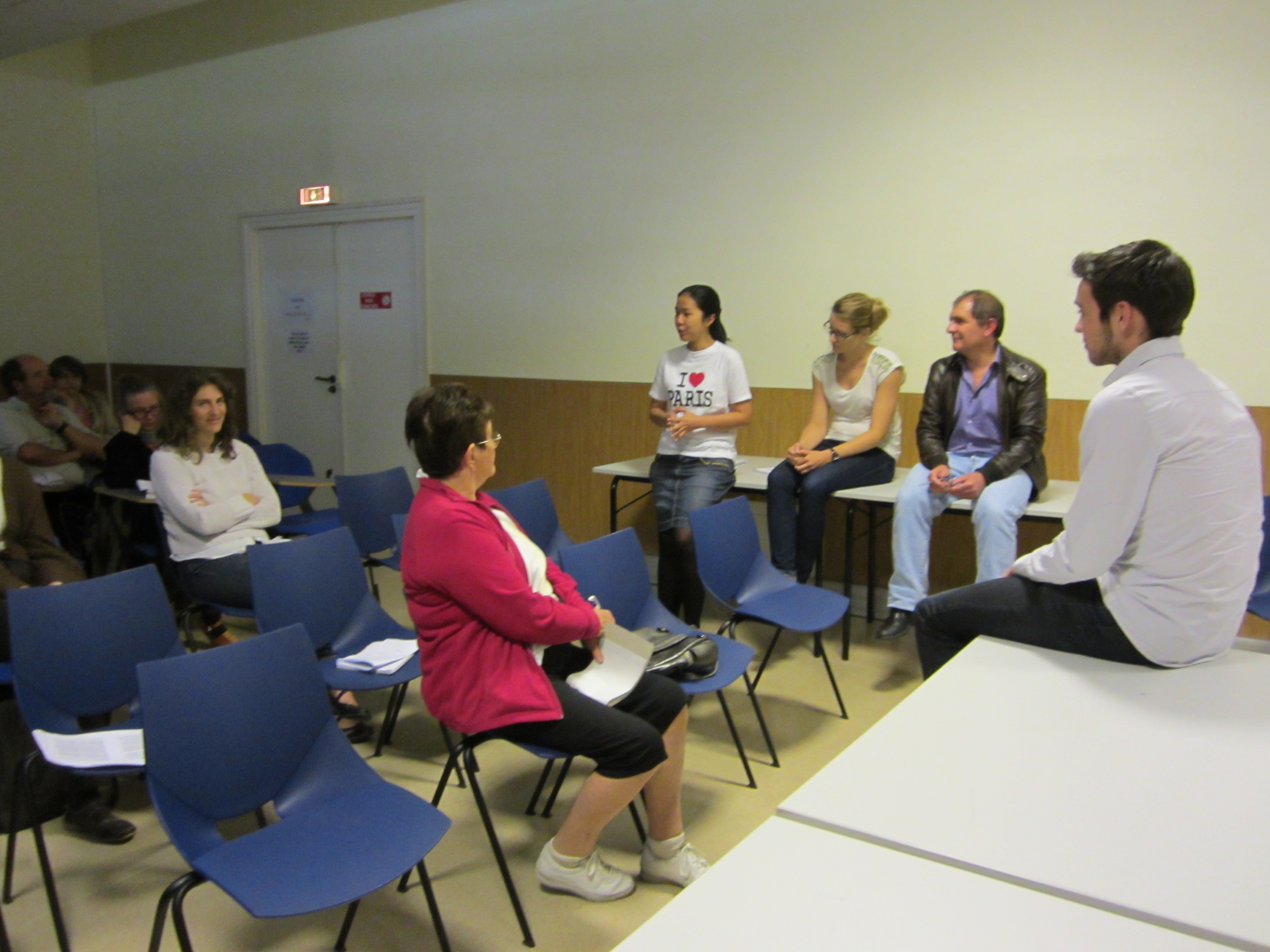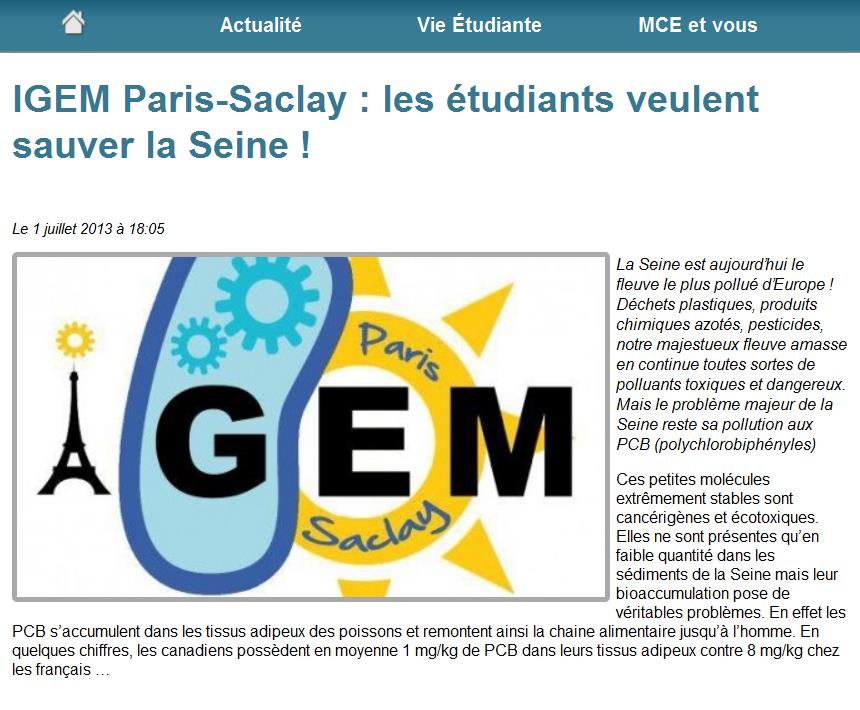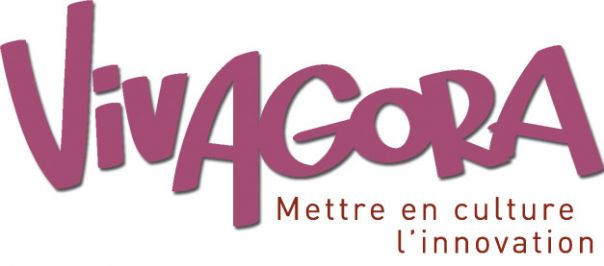Team:Paris Saclay/communication
From 2013.igem.org
(→Intervention during the Cinesciences at the Paris-Saclay University) |
(→Press) |
||
| (5 intermediate revisions not shown) | |||
| Line 47: | Line 47: | ||
</gallery> | </gallery> | ||
| - | ==Participation to a debate during | + | ==Participation to a debate during Cinesciences at the Paris Sud University== |
The 26 September 2013 | The 26 September 2013 | ||
| Line 54: | Line 54: | ||
[[File:Pscine3.jpg|right|150px|caption]] | [[File:Pscine3.jpg|right|150px|caption]] | ||
| - | |||
| - | + | Cinesciences is an association that shows science-related documentary films followed by a debate with the public. The theme of the Cinésciences of September was : synthetic biology. We were invited to present our project and to debate with the public at the end of a short movie : "Fabriquer le vivant" (made by CNRS and ARTE) | |
| - | |||
| - | We would like to thanks Christine Azemar to invite us to this | + | |
| + | This movie shows the development of synthetic biology during the last decades and explains the different possible utilizations and developments of this emerging science. It underlines several important points and interrogations about potential risks. It also presents the iGEM competition, how it works, how it was born and why. We really liked this movie because it is neutral and presents facts and not subjective point of views. | ||
| + | |||
| + | |||
| + | After the movie, we presented our project, and we answered to the public questions. We debated with different people and we listened their fears and their questioning. It was very interesting. People were afraid by DNA spreading in nature, and wanted to know whether it was really possible. They asked about the difference between GMO and SynBio, they wanted to know what were our own fears about this new science and asked about the legislation in France. | ||
| + | |||
| + | |||
| + | We would like to thanks Christine Azemar to invite us to this Cinéscience. It was a good and interesting experience that helped our own reflection about the ethics of synthetic biology. | ||
[[File:Pscine.jpg|center|300px|caption]] | [[File:Pscine.jpg|center|300px|caption]] | ||
| Line 86: | Line 91: | ||
[[File:Psvivagora.jpg|right|300px|caption]] | [[File:Psvivagora.jpg|right|300px|caption]] | ||
| + | |||
| + | |||
We wrote an article to the Vivagora scientific newspaper : "les nouvelles du vivant". This article will be published in October. | We wrote an article to the Vivagora scientific newspaper : "les nouvelles du vivant". This article will be published in October. | ||
| Line 97: | Line 104: | ||
[[File:Pspoint.jpg|left|200px|caption]] | [[File:Pspoint.jpg|left|200px|caption]] | ||
| + | |||
| + | |||
We wrote an article to Le point Etudiant, a famous newspaper in France : http://www.lepointetudiants.net/lemag/?p=3030. | We wrote an article to Le point Etudiant, a famous newspaper in France : http://www.lepointetudiants.net/lemag/?p=3030. | ||
We would like to thanks Claire Deslile for helping us and publishing our article | We would like to thanks Claire Deslile for helping us and publishing our article | ||
| Line 107: | Line 116: | ||
| - | + | Written by Caroline | |
{{Team:Paris_Saclay/incl_fin}} | {{Team:Paris_Saclay/incl_fin}} | ||
Latest revision as of 16:40, 3 October 2013
Contents |
Communication
Presentation of our project to the laboratory IGM
The 13th of June we presented our project to the members of the Institute of Genetics and Microbiology (IGM) of Paris-Sud University. We explained the different parts of our project, the problems we had to resolve, and our ultimate aim: to find the best way to degrade PCB. We would like to thank all the groups of the IGM for welcoming us and showing interest in our project. It was a beautiful experience and a moment of sharing between students and professors passionate by science! Thanks to this presentation, we got one more advisor to help us: Claire a bio-computer scientist. We are happy to welcome her in our team!
Our powerpoint :
Participation to a debate during Cinesciences at the Paris Sud University
The 26 September 2013
Cinesciences is an association that shows science-related documentary films followed by a debate with the public. The theme of the Cinésciences of September was : synthetic biology. We were invited to present our project and to debate with the public at the end of a short movie : "Fabriquer le vivant" (made by CNRS and ARTE)
This movie shows the development of synthetic biology during the last decades and explains the different possible utilizations and developments of this emerging science. It underlines several important points and interrogations about potential risks. It also presents the iGEM competition, how it works, how it was born and why. We really liked this movie because it is neutral and presents facts and not subjective point of views.
After the movie, we presented our project, and we answered to the public questions. We debated with different people and we listened their fears and their questioning. It was very interesting. People were afraid by DNA spreading in nature, and wanted to know whether it was really possible. They asked about the difference between GMO and SynBio, they wanted to know what were our own fears about this new science and asked about the legislation in France.
We would like to thanks Christine Azemar to invite us to this Cinéscience. It was a good and interesting experience that helped our own reflection about the ethics of synthetic biology.
Press
We got in touch with MCETV, a popular student channel in France, and we published an article on their site: http://mcetv.fr/mon-mag-campus/0107-igem-paris-saclay-les-etudiants-veulent-sauver-la-seine about our team and our project. We would like to thank MCE for giving us the opportunity to share with others students our project and to talk about synthetic biology.
We wrote an article to the Vivagora scientific newspaper : "les nouvelles du vivant". This article will be published in October.
We wrote an article to Le point Etudiant, a famous newspaper in France : http://www.lepointetudiants.net/lemag/?p=3030.
We would like to thanks Claire Deslile for helping us and publishing our article
Written by Caroline
 "
"



